
Introducing Time Signatures: Keeping the Beat in Music
Welcome to the world of music theory! As a musician, whether you play in a band, sing in a choir, or simply enjoy playing the piano, understanding time signatures is fundamental to bringing your music to life. Today, we will explore what time signatures are, how they work, and their significance in different musical pieces. Plus, we'll take a look at how they play a pivotal role in creating an organ arrangement Come Thou Fount. Buckle up and get ready to deepen your musical knowledge!
What is a Time Signature?
A time signature is a notation at the beginning of a piece of music that indicates how many beats are in each measure and what type of note gets the beat. It’s like a roadmap for rhythm, guiding musicians on how to count and play their instruments or sing their parts.
Breaking Down the Time Signature
Time signatures are written as a fraction. The top number tells you how many beats are in each measure, while the bottom number indicates what type of note gets the beat. Here are some common examples:
- 4/4: This is one of the most common time signatures in music, meaning there are four beats in a measure, and a quarter note gets one beat.
- 3/4: Often used in waltzes, this time signature has three beats per measure, with a quarter note getting the beat.
- 6/8: This signature has six beats per measure, with the eighth note receiving one beat, creating a lively, bouncing feel.
Understanding these basics will allow you to feel more comfortable reading and interpreting music in various styles, from classical to contemporary.
The Importance of Time Signatures
Time signatures dictate the overall feel of a piece of music. They allow musicians to convey specific moods and styles. Knowing how to use and interpret them can elevate your performances and compositions. For instance, a piece in a 4/4 time signature might feel stable and straightforward, while a piece in 3/4 may evoke a graceful dance-like quality.
How Time Signatures Affect Rhythm
Rhythm is all about how notes are arranged in time. When you play music, each note has a duration, and time signatures help organize those durations into measured segments. Imagine you're at a dance. The time signature sets the pace and flow of the music, guiding your movements—be it a slow waltz or an upbeat jig. This is crucial whether you’re performing an organ arrangement Come Thou Fount or learning a new pop song.
Familiar Time Signatures in Different Genres
Just like genres of music influence melody and harmony, they also affect rhythm and time signatures. Here are some examples of how different time signatures are found in various music styles:
- Pop Music: Often mostly in 4/4 time, allowing for easy singing along and dancing.
- Rock Music: Typically uses 4/4 as well; however, some bands play with 5/4 or even 7/8 for a unique sound.
- Classical Music: Classical pieces often vary in time signatures, sometimes employing 6/8 or even shifting between different signatures in one composition.
- Folk Music: Often features a 3/4 signature, perfect for storytelling through music.
Examples of Time Signatures in Famous Pieces
In addition to understanding the theory, let’s take a look at some pieces that exemplify certain time signatures:
- 3/4 Example: “The Blue Danube” by Johann Strauss II—a quintessential waltz.
- 4/4 Example: “Billie Jean” by Michael Jackson—a hit that keeps everyone dancing.
- 6/8 Example: “Scarborough Fair” as performed by Simon & Garfunkel—a classic folk tune.
Identifying Time Signatures in Sheet Music
When looking at sheet music, the time signature is usually found right after the clef and key signature. Here's how to easily identify it:
- Look for two stacked numbers that resemble a fraction.
- Analyze the context of the music: Is it lively or slow? The ambiance might hint at the time signature.
- Practice counting aloud or tapping to the music to feel the beats.
Challenges with Time Signatures
While it may seem straightforward, time signatures can present challenges, especially for beginners. Switching between different signatures in one piece can be confusing. To overcome this, practice is key. Gradually explore different pieces, and don’t hesitate to spend time mastering one time signature at a time.
Time Signatures in the Context of Hymns
Hymns often have unique time signatures that give them a special feel, conveying deeper emotional undertones. A prime example is the beloved song “Come Thou Fount of Every Blessing.” In performing an organ arrangement Come Thou Fount, understanding time signatures becomes particularly relevant. Often, hymns use a 4/4 or 3/4 time signature, giving them a flowing, prayerful quality. By grasping how these time signatures impact the spirit of the piece, musicians can deliver performances that resonate deeply with the congregation.
Making Your Own Arrangements
If you’re interested in arranging music for yourself or for your ensemble, consider experimenting with different time signatures. For instance, try taking a traditional hymn like “Come Thou Fount of Every Blessing” and reinterpreting it in a different signature to create something fresh and exciting. This can involve switching from a 4/4 time to a 6/8 time, giving it an entirely new texture and rhythm!
The Future of Time Signatures in Music
As the music world continues to evolve, so too does the understanding and application of time signatures. Modern composers often blend traditional signatures with contemporary rhythms, introducing listeners to innovative sounds and arrangements. Therefore, remaining open-minded and curious is essential for any musician.
Wrap Up Your Musical Journey
In summary, getting familiar with time signatures is a vital step for every aspiring musician. Not only do they help you understand how to structure music, but they also open the door to creative possibilities in both performance and composition. So, whether you're playing in a jazz band, singing in a choir, or working on an organ arrangement Come Thou Fount, keep an ear out for those beats and time signatures—they are the backbone of the music we love!
As you embark on this musical journey of understanding and creativity, remember: time signatures are not just dry numbers on a page; they are dynamic tools that breathe life into music and allow you to express yourself. Get out there, experiment, and let the rhythm guide you!
Silent Night Free Sheet Music Canon | Easy Organ Arrangement for Christmas
Away in a Manger Intermediate Piano Solo
Christ the Lord is Risen Today Fanfare | Easter Organ Sheet Music. For Organ, Choir or Congregation
Come Thou Fount of Every Blessing Organ Solo – A Powerful and Timeless Arrangement
View Comments
Leave a Comment
No comments



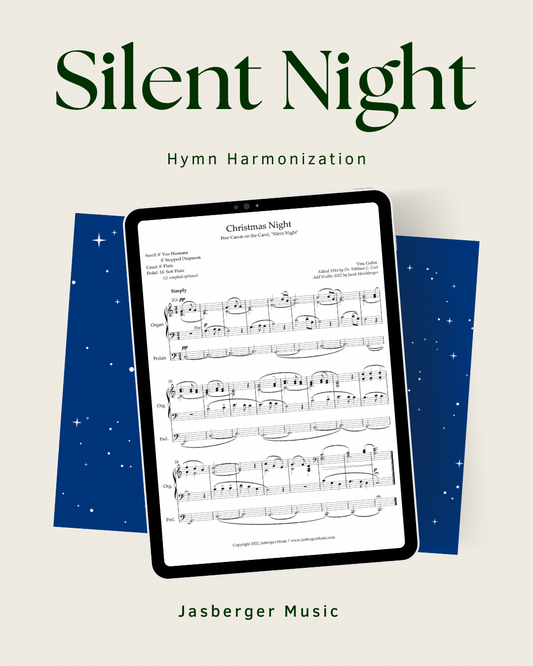
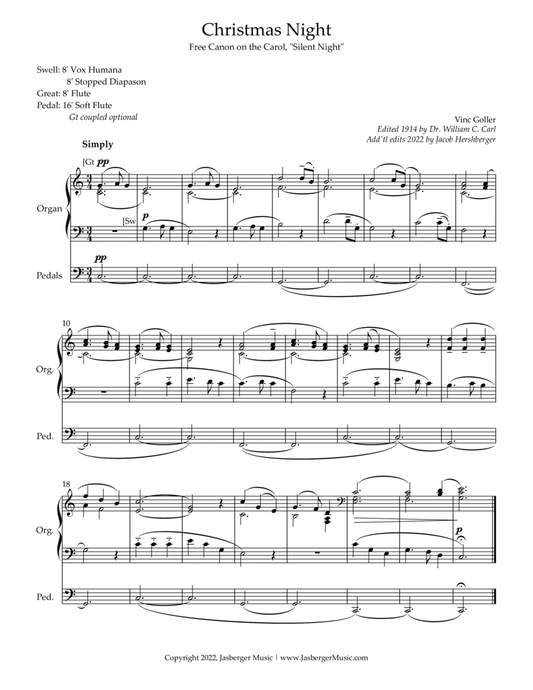
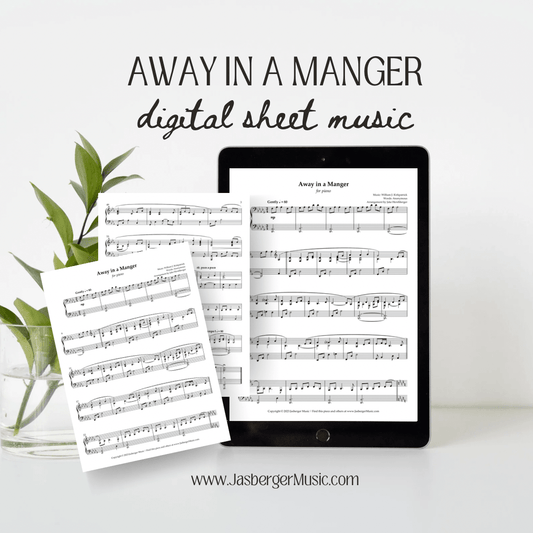
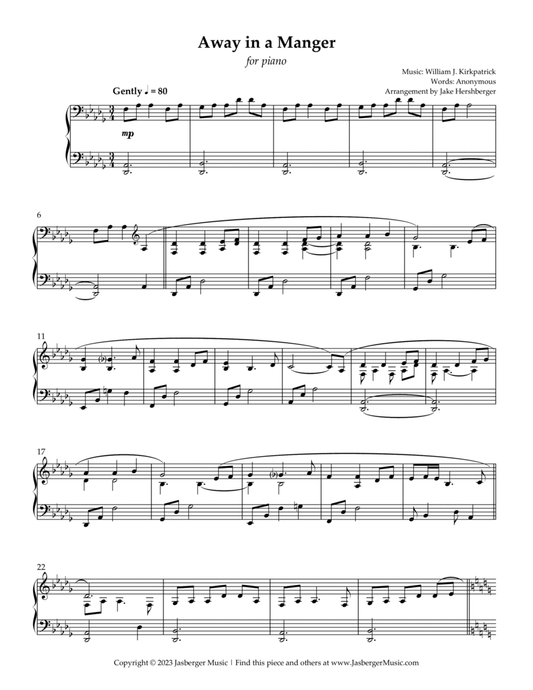
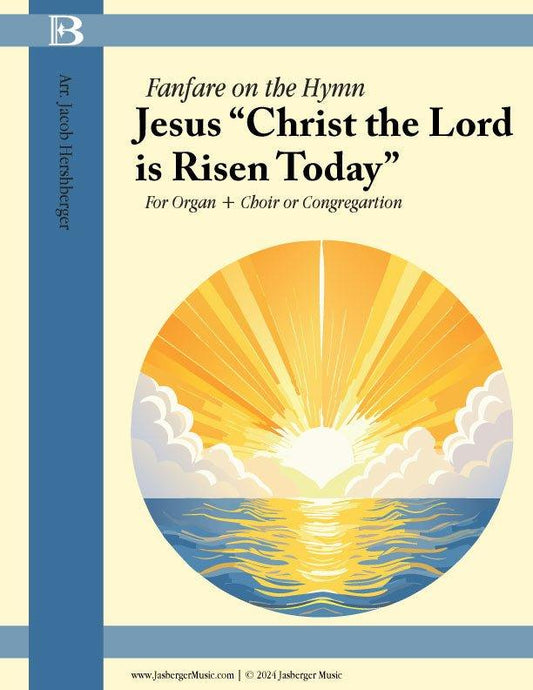
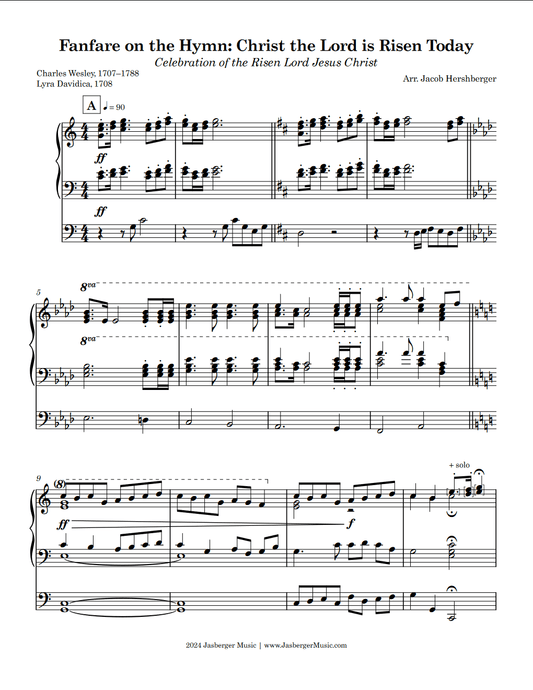
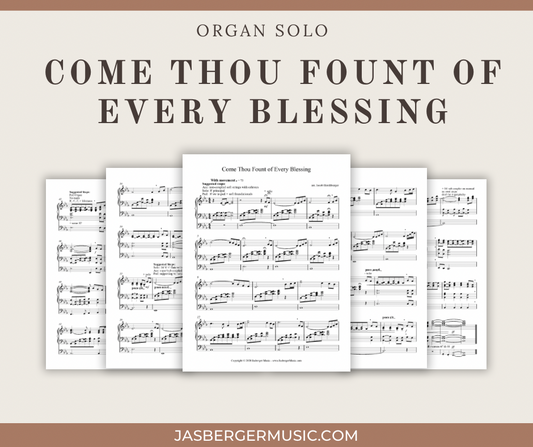
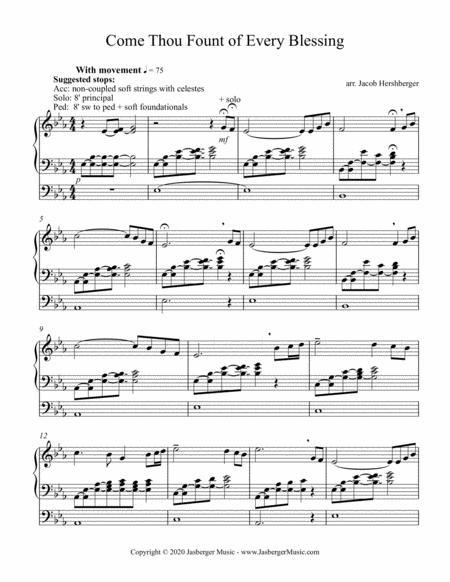

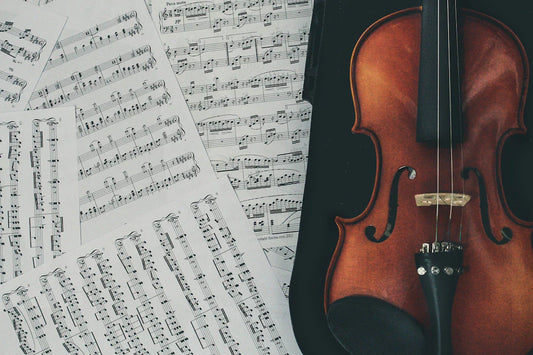

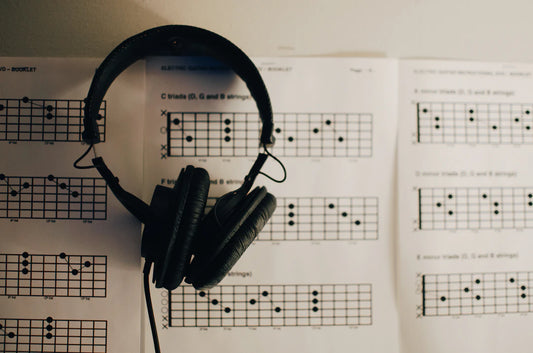
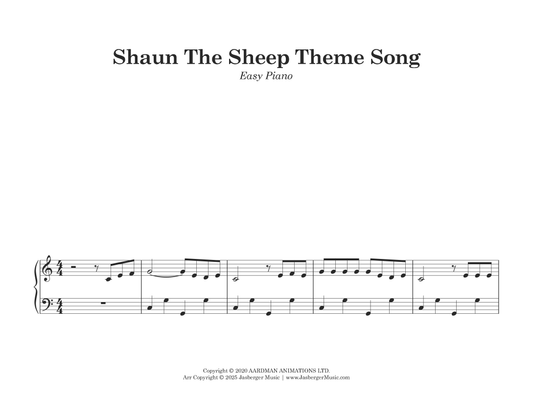
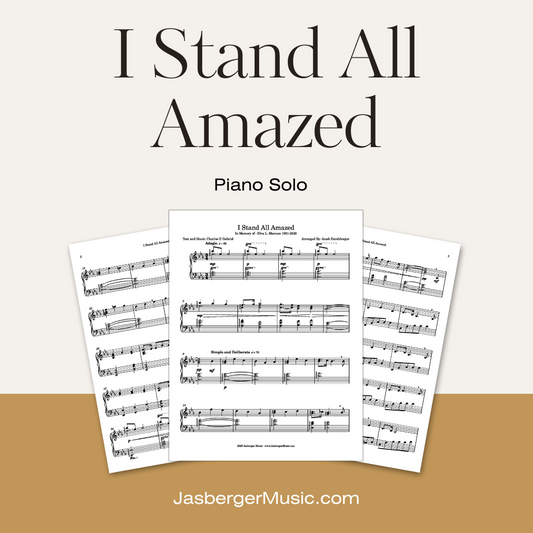
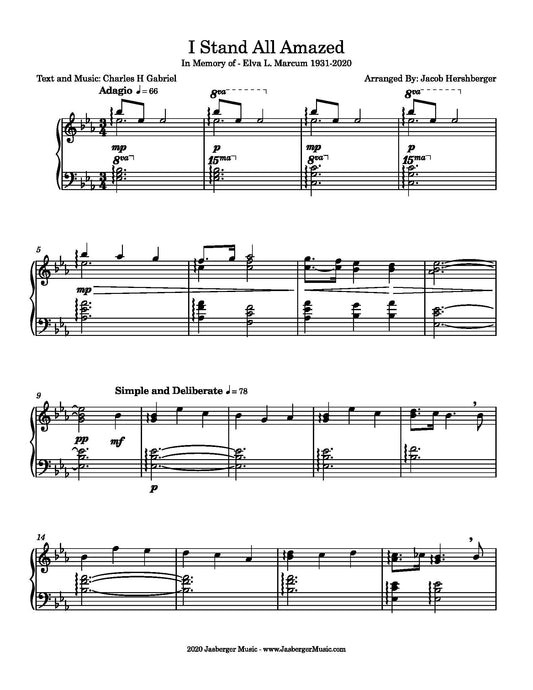
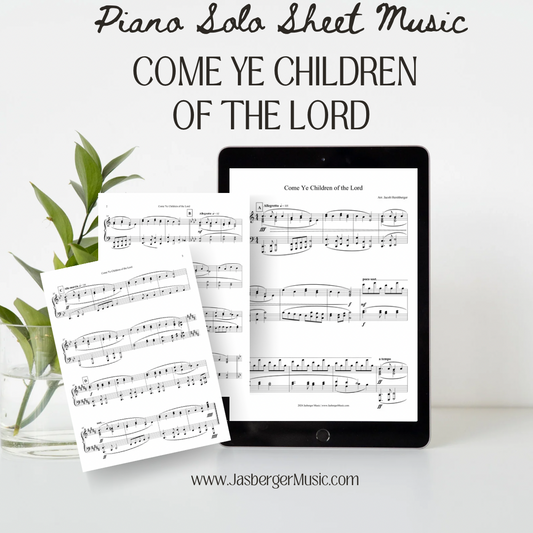
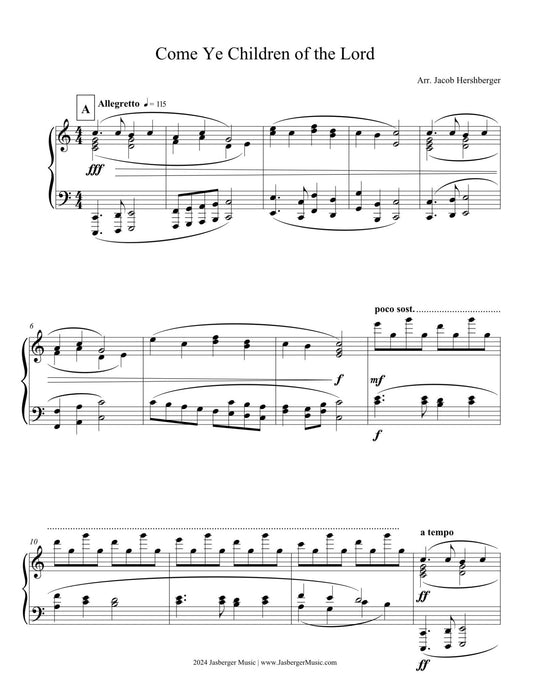

comments